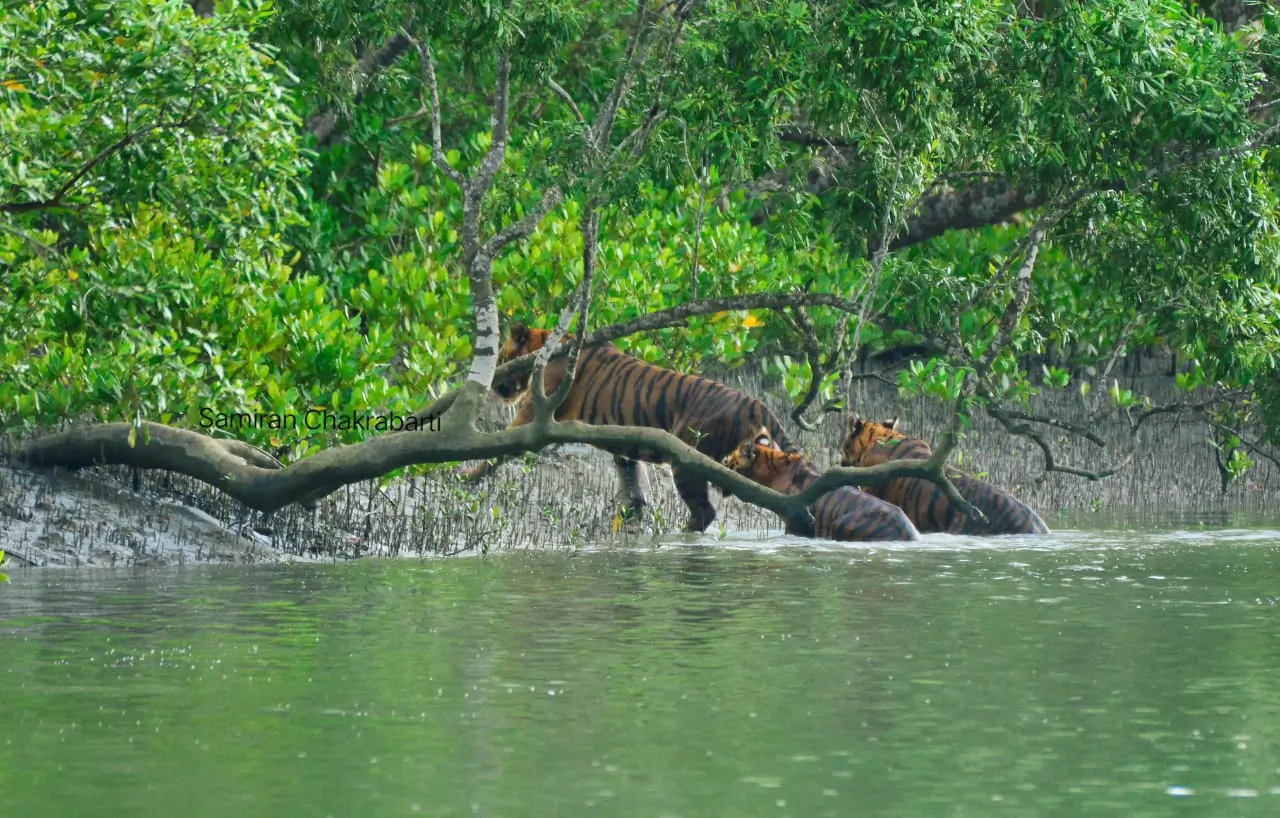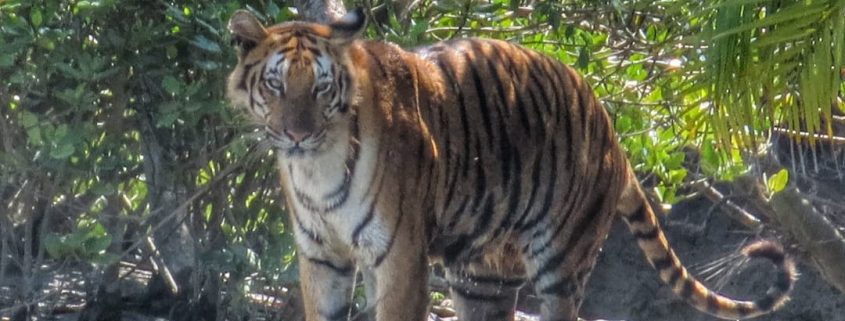The Royal Bengal Tigers of Sundarban: Preserving a Majestic Species
The Royal Bengal Tiger, one of the world’s most recognisable and endangered species, is found in the Sundarbans, a region in southern Bangladesh and the Indian state of West Bengal. These beautiful creatures have caught the interest of people all throughout the world with their breathtaking beauty and imposing presence. However, a number of issues are endangering the survival of these magnificent tigers. The Royal Bengal Tigers of Sundarban tours, their significance, the difficulties they encounter, and the ongoing efforts to protect this priceless species are all covered in this article.
The Significance of Royal Bengal Tigers

The Royal Bengal Tiger, officially known as Panthera tigris tigris, enjoys a particular place in history as the national animal of both Bangladesh and India. In addition to serving as a symbol, this exquisite species is essential to preserving the biological harmony of the Sundarban ecosystem. They control the number of herbivores as apex predators, maintaining a healthy prey-predator balance and enhancing the ecosystem’s general health.
The Royal Bengal Tigers have the ideal environment thanks to the distinctive mangrove forests of the Sundarbans. For these tigers to survive in this difficult habitat, they have developed particular adaptations. They can move over the marshy terrain and swim in the rivers and creeks thanks to their powerful limbs and webbed paws. Thanks to these modifications, they are graceful swimmers and agile hunters, which help them thrive in their native environment.
Conservation Challenges: Sundarbans tours
The Royal Bengal Tigers are resilient but still confront several dangers that put their very survival in danger. Loss of habitat due to encroachment and deforestation is one of the main problems. The native habitat of tigers is being reduced by increased human activity, forcing them into smaller and more dispersed locations. Additionally, the delicate balance of the Sundarban ecosystem is threatened by hazards from climate change, rising sea levels, and increased salinity.
Governments, conservation groups, and local populations must work together to preserve the Royal Bengal Tiger. Strict anti-poaching measures have been implemented to safeguard the tigers against unauthorised hunting and trading. Additionally, a lot of research and monitoring is done to learn more about tiger populations, behaviour, and habitat. This allows scientists to collect crucial information for efficient conservation measures.

Community Involvement
For tiger protection to be successful in the long run, local communities must be involved. Communities residing close to the Sundarban need to be made aware of the need to protect this magnificent species. Community-based programmes encourage sustainable means of subsistence and lessen reliance on natural resources, which in turn lessens conflict between people and wildlife. Communities are given the tools they need through education programs to actively defend tigers and their environment.
Ecotourism and Sustainable Development: Sundarban tourism
Responsible Sundarban tourism can be very helpful in supporting wildlife protection as well as providing cash for nearby communities. When correctly managed, tourism may give local communities financial incentives, empowering them to actively maintain tigers and their environment. To ensure that the tigers and their natural surroundings are not significantly harmed, finding a balance between tourism and conservation is crucial.
The Final Thought:
The Royal Bengal Tigers of Sundarban are essential to our natural heritage and a symbol of strength and beauty. The Sundarbans’ ecological balance and the existence of a genuinely stunning creature depend on the preservation of this majestic species. We can ensure a future where these majestic tigers roam freely in their natural environment by working together on conservation, sustainable tourism, and community engagement. It is our duty to safeguard the Royal Bengal Tigers and ensure their continued existence for future generations.
FAQs
How do Royal Bengal Tigers adjust to the environment of the Sundarbans?
Royal Bengal Tigers have special adaptations that allow them to live in the mangrove forests of the Sundarbans. They are adept swimmers and agile hunters thanks to their muscular limbs and webbed paws, enabling them to easily move across marshy terrain.
What principal conservation issues do Royal Bengal Tigers face?
Royal Bengal Tiger conservation faces a number of obstacles. The main dangers are habitat loss brought on by expansion and deforestation, as well as the effects of climate change, like increasing sea levels and increased salt that upset the delicate balance of the Sundarban ecosystem.
What programs are in place to safeguard Royal Bengal Tigers?
Governments, environmental groups, and local communities carefully protect Royal Bengal Tigers. To stop unlawful hunting and trading, anti-poaching measures are put in place. Tiger numbers, behavior, and habitat are the subject of in-depth study and monitoring, which yields important information for conservation initiatives.
What role does the neighborhood play in the protection of the Royal Bengal Tigers?
The long-term preservation of the Royal Bengal Tigers depends heavily on local communities. Communities are better educated on conservation’s value when involved in awareness-raising and educational programs. Sustainable livelihood options are encouraged to lessen reliance on natural resources, prevent conflicts between people and wildlife, and encourage a sense of responsibility for preserving tigers and their habitat.





